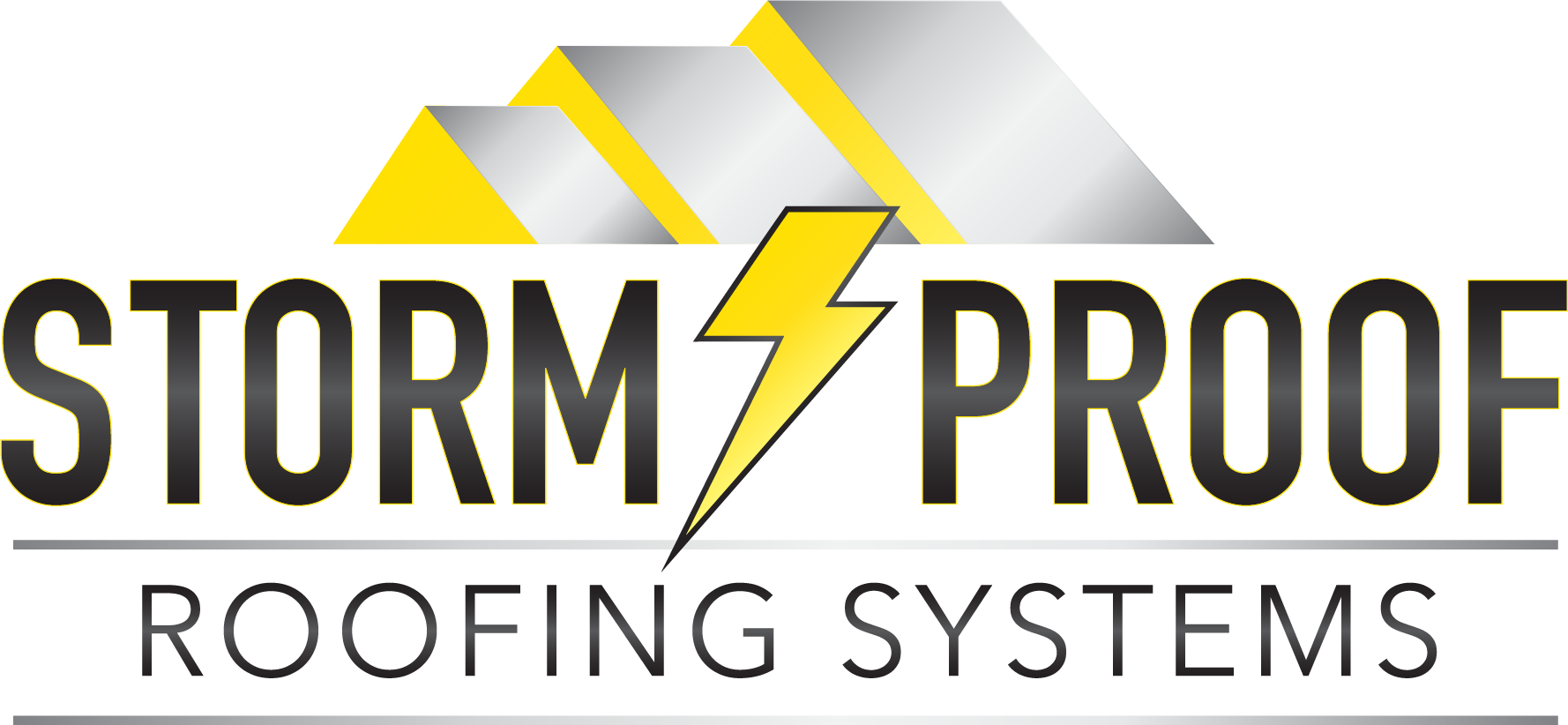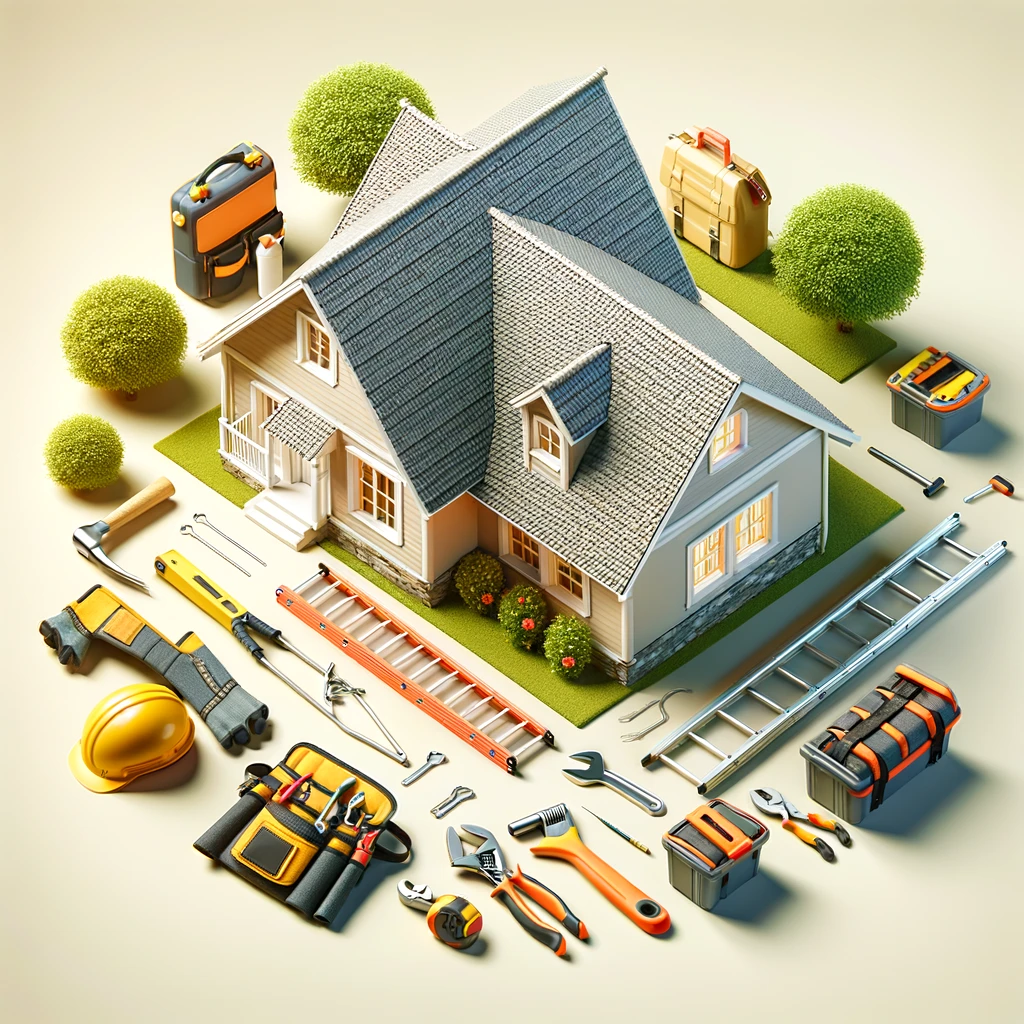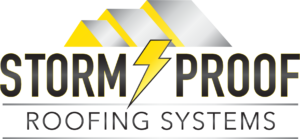Maintaining the roof of your home is essential for its longevity and safety. In this guide, we delve into various aspects of roof maintenance, with insights from Storm Proof Roofing Systems (Phone: 352-268-1990). Let’s explore how to keep your roof in top condition.
1. Understanding Your Roof
Before diving into maintenance, it’s crucial to understand your roof’s structure and materials. Different roof types, from shingles to metal roofs, have unique needs and lifespans. Learn about the various roof types and their specific maintenance requirements in the “Ultimate Guide to Choosing the Right Roof”.
Table: Roof Types and Their Lifespans
| Roof Type | Average Lifespan |
|---|---|
| Shingle | 20-25 years |
| Metal | 40-70 years |
| Flat | 15-20 years |
2. Routine Roof Inspections
Regular inspections are key to maintaining roof health. Identify potential issues early with a seasonal checklist or consider professional inspection services. For detailed inspection tips, visit “Roof Leak”.
Checklist: Bi-Annual Roof Inspection
- Inspect shingles for damage.
- Check for leaks or water damage in the attic.
- Ensure gutters are clean and functional.
3. Addressing Common Roof Issues
Common issues like leaks, missing shingles, or wear and tear can escalate if not addressed promptly. For guidelines on handling these problems, explore “Repair Leaking Roof”.
List: Solutions to Common Roof Problems
- Leaks: Apply sealants and repair damaged areas.
- Wear and Tear: Regular maintenance and timely repairs.
- Moss and Algae: Regular cleaning and preventative treatments.
4. The Importance of Professional Maintenance
While DIY maintenance is possible, professional services ensure thorough care and can address complex issues. Understand when to seek professional help at “Roof Repair in Ocala”.
Table: When to Call a Professional
| Scenario | Professional Help Needed |
|---|---|
| Post-Storm Damage | Yes |
| Major Leaks | Yes |
| Structural Damage | Yes |
5. Enhancing Roof Longevity
Proactive maintenance is the best way to extend your roof’s life. This includes cleaning, repairs, and preventive measures. Learn effective gutter maintenance at “Clean Gutters”.
List: Annual Roof Maintenance Tips
- Spring: Clear gutters and downspouts.
- Summer: Inspect for heat damage.
- Fall: Prepare for winter challenges.
- Winter: Monitor for snow and ice accumulation.
6. Cost-Effective Maintenance Strategies
Lorem ipsum dolor sit amet,
Balancing maintenance costs with effectiveness is crucial for a healthy roof. Discover affordable yet efficient solutions at “Roofing Repair Cost in Ocala”.
List: Tips for Cost-Effective Maintenance
- Regular Inspections: Minimize the need for major repairs.
- Quality Materials: Invest in durability and longevity.
- Preventive Measures: Reduce long-term costs.
7. Navigating Roof Repairs and Replacements
Understanding when to repair or replace your roof is critical. Factors like age, damage extent, and cost should guide your decision. For a comprehensive understanding, read “Ultimate Guide to Roof Repair for Homeowners”.
Table: Repair vs. Replacement
| Condition | Action |
|---|---|
| Minor Damage | Repair |
| Extensive Wear | Replace |
| Old Age | Replace |
8. Utilizing Technology in Roof Maintenance
Technological advancements, such as drones for inspections and advanced materials, are revolutionizing roof maintenance. Stay informed about the latest trends at “Roofing Technology”.
List: Technological Advancements in Roofing
- Drone Inspections: Safe and comprehensive.
- Solar Shingles: Energy efficiency.
- Advanced Sealants: Enhanced leak protection.
9. Eco-Friendly Roofing Options
Consider environmentally friendly roofing options that offer sustainability and energy efficiency. Explore green roofing options at “Sustainable Roofing”.
Table: Eco-Friendly Roofing Types
| Type | Benefits |
|---|---|
| Green Roofs | Insulation, Air Quality |
| Solar Panels | Energy Savings |
| Recycled Materials | Reduced Environmental Impact |
11. The Role of Ventilation in Roof Health
Proper roof ventilation is crucial for preventing moisture buildup and regulating temperature. Inadequate ventilation can lead to problems like mold growth and reduced energy efficiency. Understand the importance of choosing the right roof ventilation from “Choosing the Right Roof Ventilation”.
Tips for Ensuring Adequate Roof Ventilation
- Install ridge and soffit vents for continuous airflow.
- Regularly inspect vents for blockages or damage.
- Consider professional assessment for optimal ventilation design.
12. Managing Roof in Different Climates
Your roof’s maintenance needs can vary significantly depending on the climate. In areas with heavy snowfall, for instance, snow removal is a critical part of maintenance to avoid excessive weight and potential damage. In contrast, hot climates may require more frequent inspections for sun damage and ventilation issues. For insights on handling different weather conditions, refer to “Roofing in Different Climates”.
Climate-Specific Roof Maintenance Tips
- Cold Climates: Regular snow and ice removal.
- Hot Climates: Inspections for UV damage and efficient ventilation.
- Wet Climates: Frequent checks for leaks and water damage.
13. The Impact of Trees and Natural Surroundings
Trees and natural surroundings can have a significant impact on your roof’s condition. Overhanging branches can cause physical damage, and falling leaves can clog gutters. Learn how to manage these natural elements in “Managing Roof Surroundings”.
Tips for Managing Trees and Surroundings
- Trim overhanging branches regularly.
- Clear gutters and downspouts of leaves and debris.
- Inspect for damage from animals or pests.
14. Upgrading Your Roof for Energy Efficiency
An energy-efficient roof can significantly reduce heating and cooling costs. Materials like cool roofing shingles or solar reflective tiles can help maintain a more consistent indoor temperature. For more on energy-efficient roofing options, visit “Roofing Options for Energy Efficiency”.
List: Energy-Efficient Roofing Upgrades
- Install cool roofing materials.
- Add a radiant barrier under the roofing material.
- Consider solar panels for energy generation.
15. Dealing with Emergency Roof Situations
Emergencies like storm damage or sudden leaks require immediate attention. Having a plan and knowing whom to contact is vital. For guidance on emergency roof repairs, check out “Emergency Roof Repairs”.
Steps to Take in a Roofing Emergency
- Assess the damage safely.
- Place a tarp over severely damaged areas.
- Contact a professional roofing service immediately.
16. Insurance and Roof Maintenance
Understanding what your homeowners’ insurance covers in terms of roof damage is crucial. Regular maintenance can also impact your insurance claims. For insights into navigating insurance claims, visit “Navigating Insurance Claims”.
Key Points on Insurance and Roofing
- Review your policy for specific coverages.
- Document maintenance and repairs for insurance purposes.
- Report any damage promptly to your insurance company.
17. The Future of Roofing: Trends and Innovations
The roofing industry is constantly evolving with new materials and methods. Staying informed about these trends can help you make better decisions for your roof’s future. Explore the latest in roofing innovations at “Roofing Industry Trends”.
Emerging Trends in Roofing
- Sustainable and recycled materials.
- Advanced waterproofing technologies.
- Smart roofing systems with integrated technology.
18. Seasonal Roof Maintenance
Each season presents unique challenges for your roof. From preparing for winter’s harsh conditions to cleaning and repairs in the spring, seasonal maintenance is key. For a comprehensive seasonal maintenance guide, see “Seasonal Roof Maintenance Tips”.
Seasonal Maintenance Checklist
- Spring: Clean gutters, inspect for winter damage.
- Summer: Check for heat-related damage, ensure proper ventilation.
- Fall: Prepare for winter, clear debris.
- Winter: Monitor for ice dams, snow accumulation.
19. DIY vs. Professional Roof Maintenance
While some aspects of roof maintenance can be handled by homeowners, others require professional expertise. Understanding when to tackle maintenance yourself and when to call professionals is important for your roof’s health. Learn more about DIY versus professional maintenance at “DIY Roof Maintenance”.
When to DIY vs. Call a Pro
- DIY: Simple inspections, gutter cleaning, minor repairs.
- Professional: Major repairs, installations, structural issues.




